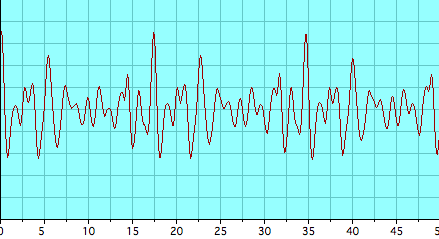Before starting on trombone, I did not realise that on brass instruments one can play the whole series of harmonics in the same position, much like one can play a series of harmonics on a guitar string. That means I can play the first three notes of Also Sprach Zarathustra without moving a slide, just by changing the embouchure.
According to Wikipedia,
In the first or closed position on a B♭ trombone, the notes in the harmonic series begin with B♭2 (one octave higher than the pedal B♭1), F3 (a perfect fifth higher than the previous partial), B♭3 (a perfect fourth higher), D4 (a major third higher), F4 (a minor third higher), A♭4 (a minor third higher than the previous partial; this tone <...> is always 31 cents, about one sixth of a tone, flat of the twelve-tone equal temperament minor seventh <...> it may be avoided and played in an alternate position, though it has been the practice in Germany and Austria to play the note in position <...>), B♭4 (a major second higher), C5 (a major second higher), D5 (a major second higher), E♭ (a minor second higher, but almost exactly a quarter tone higher than it would be in twelve-tone equal temperament), F5 (a major second higher).
OK maybe in Germany and Austria they like their A♭ flat, but why it is flat? This page from the HyperPhysics explains that “the 7th harmonic shows the most severe departure from any equal tempered interval”. A♭4 is the seventh harmonic from the fundamental note (B♭1).






No comments:
Post a Comment